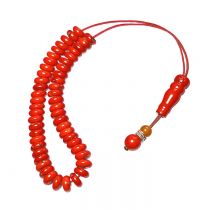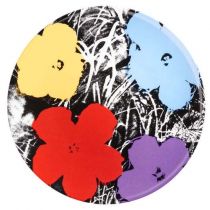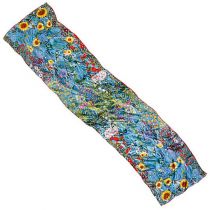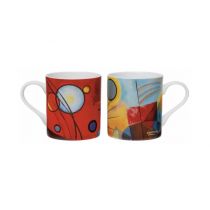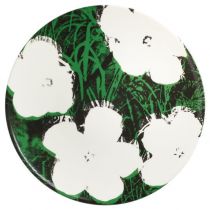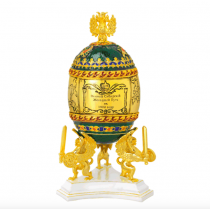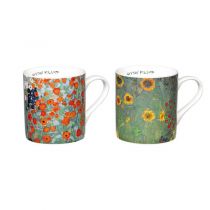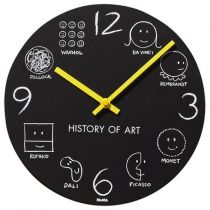Cart is empty
ΚΑΤΗΓΟΡΙΕΣ
- Christmas
- Σωτήρης Σορογκας
- The Munich school
- Le Louvre
- Van Gogh Museum
- The Metropolitan Museum of New York
- Rijksmuseum
- Αίγυπτος
- Greece
- Frida Kalho
- Claude Monet
- Gustav Klimt
- Rodin-
- Vincent van Gogh
- Auguste Renoir
- Andy Warhol
- Marc Chagall
- Jan Vermeer
- Katsushika Hokusai
- Leonardo da Vinci
- Alfonse Mucha, Prague
- Museum Art IS
- Pablo Picasso
- Paul Cezanne
- 1821-Greek Revolution
- Easter
6 Easter bush pendants in a set (without decoration), porcelain
Six Easter decoration pendants with relief depictions on the front and back made of fine bisque porcelain. Delivery without decoration and vase. Set consisting of six different motifs: Chicks: format 7.5 x 4 cm (H/W). Rabbit: format 8.5 x 5 cm (H/W). Lamb: format 6 x 8.5 cm (H/W). Easter wreath: format 8 x 7.5 cm (H/W). Easter basket with bunny: format 8 x 8 cm (H/W). Easter basket with chicks: format 8 x 8.5 cm (H/W). Only available as a set.
Ceramic product made from kaolin, quartz and feldspar.
Porcelain is shaped by turning or pressing. Figurative representations are cast. Complicated shapes have to be cast in parts and then 'garnished'. After shaping, the pieces are dried and 'annealed' at around 900°C. The glaze is then applied and baked at temperatures between 1,240°C and 1,445°C. At the important manufacturers, the porcelain is painted by hand, with each color having to be baked individually and in compliance with tight temperature tolerances.
Porcelain was invented in China and became more widespread in Europe from the 16th century. In 1710, Meißen was the first European porcelain factory to be founded.
Other famous European porcelain manufacturers include Fürstenberg, Höchst, Schwarzburger Werkstätten, Lladró, Nymphenburg, KPM, Augarten, Sèvres, Limoges, Royal Copenhagen, Worcester. The porcelain brands with which the individual manufacturers label their products serve to identify the origin.




